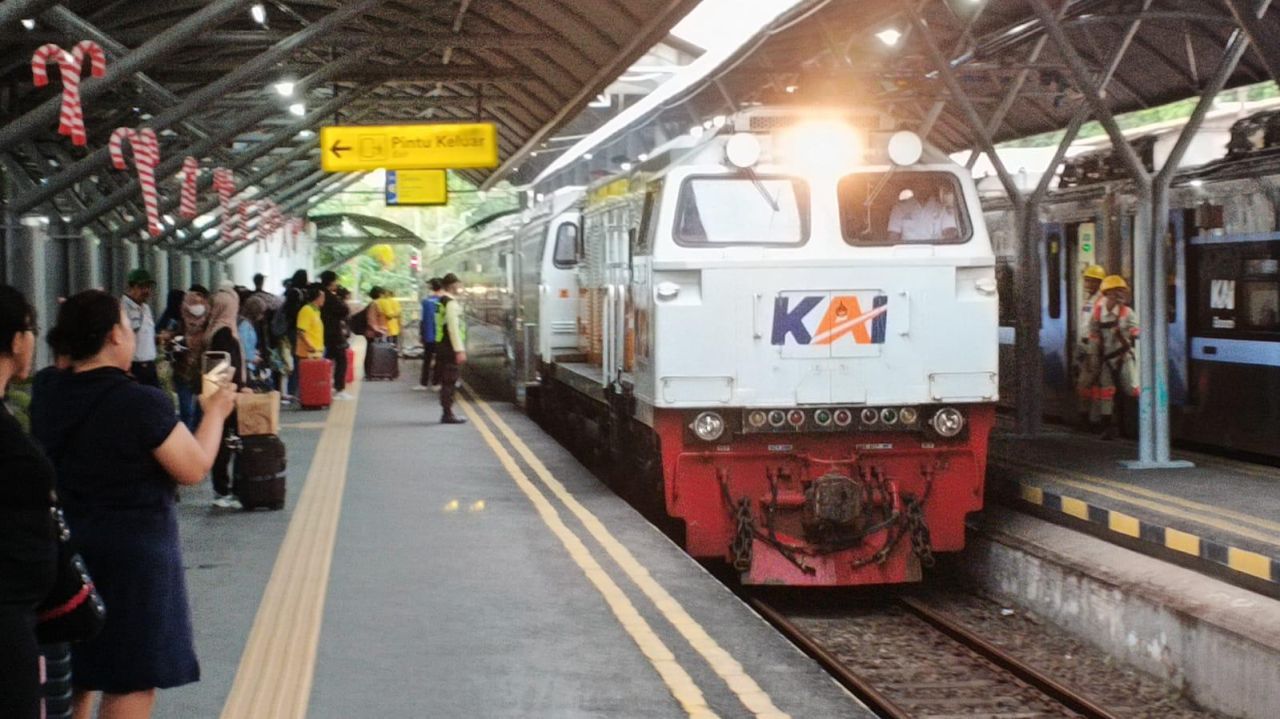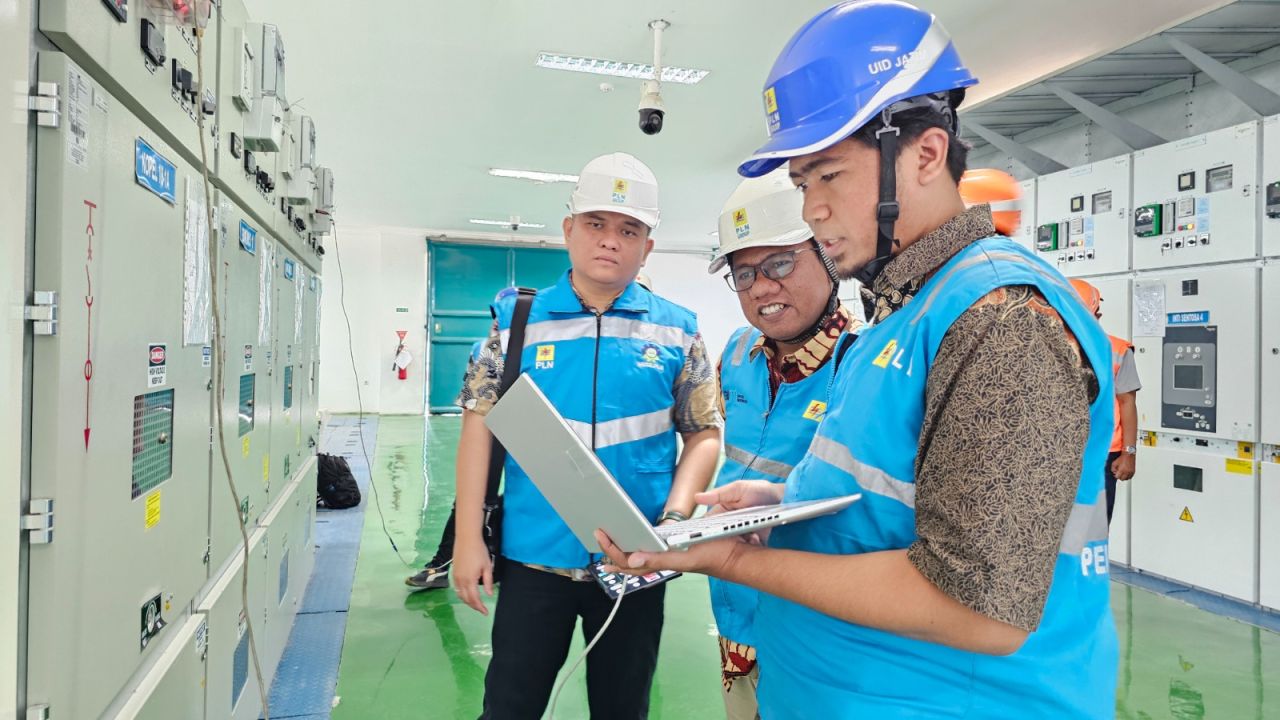
Full-sized American utes, Yank Tanks, pick-up trucks, or whatever you want to call them, are a hot topic in Australia.
Just like whenever anything new hits the market, people don't like a change from how it's been done for decades. When people showed concern for these giant pick-ups being sold in Australia, I sympathised with them.
It makes sense. They seem to take up more space than the average ute on the road and in parking spaces. Why would we need these giant cars if what we have already is enough for all the activities we love?
Again, I was one of those who didn't see the need for such a vehicle in Australia because, despite always needing to tow one of my race cars somewhere with a fully loaded tray, I still made do with a small ute.
My daily/tow car has been a 2010 Ford Ranger 2.5-litre turbo-diesel, the last model before they got big. I would always scoff driving past a Ram doing school drop-off while I'm loaded up with over two tonnes for an eight-hour drive.

"Why on earth would anyone need something that big when my ute is a fraction of the size and does just as much?" I would think to myself, that was until I finally had the opportunity to drive one.
We recently had the 2025 Ram 1500 Laramie Sport and Ram 1500 Laramie Sport High Output at the office. Eager to see what all the fuss was about, I grabbed the keys for a drive.
While the 1500s are the smallest in Ram Australia's three-model line-up, they're still extremely large, and certainly rank among the top three biggest cars I've ever driven.
With that in mind, standing there with the keys in my hands and the thought that I needed to drive this virtual tank through Sydney's CBD felt beyond intimidating. But I kicked my anxiety and jumped in.
That size intimidation almost completely disappears when you get in. After spending more than 30 minutes driving the Ram, it just feels like any other car on the road, with just a little more care needed when parking and taking sharp turns.
I knew I was converted when I felt just how effortless everything was while driving. The steering is light, you don't need to stamp on the throttle to get up to speed, and sitting that high up, you seemingly have a better view of the traffic.
Somehow, the Ram 1500 has fewer blind spots than my 2010 Ranger due to its massive mirrors and additional sensors throughout the car.
Don't even get me started on the ride quality. The problem I've always had with other smaller utes on the market is the harshness of the ride with an unladen tray, but the Ram is like driving one of those electric lounge chairs with cupholders you see in a newly divorced dad's apartment.
It comes down to a few things. The most obvious is the ute's weight. The bigger a vehicle is, the less you feel bumps in the road and knocks in the suspension. Pair this with an over-engineered suspension system to safely carry the Ram 1500's weight, and you have a plush ride.
Then you have the fact that Ram Australia isn't in the business of selling to mining fleets or your average tradies. The price doesn't need to be kept down, so the Ram can equip four-corner adjustable air suspension that can be aired out or up, depending on whether you need more ride height or rigidity for towing.
Furthermore, proving that functionality doesn't need to be uncomfortable are just little things like the 'Ram Boxes' on the sides of the tub, so that you can pack your groceries and small items in and they're not rolling around in the tray or the back seats.
The rear seats can fit an adult, and the front seats are the most comfortable you'll ever sit in. Did I mention that you don't even need to lift the tailgate because it's powered?
Then we flip to the tool side of it. I've never seen a vehicle this well equipped for towing. You can quite literally set up profiles for towing that can show your trailer brake bias, transmission/coolant/engine oil temperature, and oil pressures.
You've got a four-wheel-drive system that has been set up to pull weight with the option of going off-road with diff locks and hi/lo gears, instead of a ute that has been set up to go off-road and just happens to be good at towing.
While it is a petrol six-cylinder now, with the 5.7-litre Hemi V8 being canned for the Australian market, it has some serious torque. However, I can't help but think it would've been even better with a diesel engine – though the use of petrol proves my next point.
It's going to sound like sacrilege when I say this. Still, it's the closest thing we have to what a Commodore and Falcon ute used to be – a luxury car first and a working instrument second, rather than a working instrument first, with some luxury equipment like top-spec HiLuxes and Rangers. But it's beyond that; it's like the Rolls-Royce of utes mixed with the bones of an iron golem.
You might now be thinking, "But what about how big they are? How are they going to fit on city streets and in city car parks?". Well, why would you buy one in the city? If you lived in a rural area, you wouldn't buy a kei car, and this is just the other side of the coin.
I've come to grips with the fact that I don't have an issue with these cars. For my lifestyle, the Ram 1500 suits me quite well. It would tow effortlessly, I would be comfortable, and I wouldn't be worried about overloading it with weight.

Zane Dobie comes from a background of motorcycle journalism, working for notable titles such as Australian Motorcycle News Magazine, Just Bikes and BikeReview. Despite his fresh age, Zane brings a lifetime of racing and hands-on experience. His passion now resides on four wheels as an avid car collector, restorer, drift car pilot and weekend go-kart racer.















































